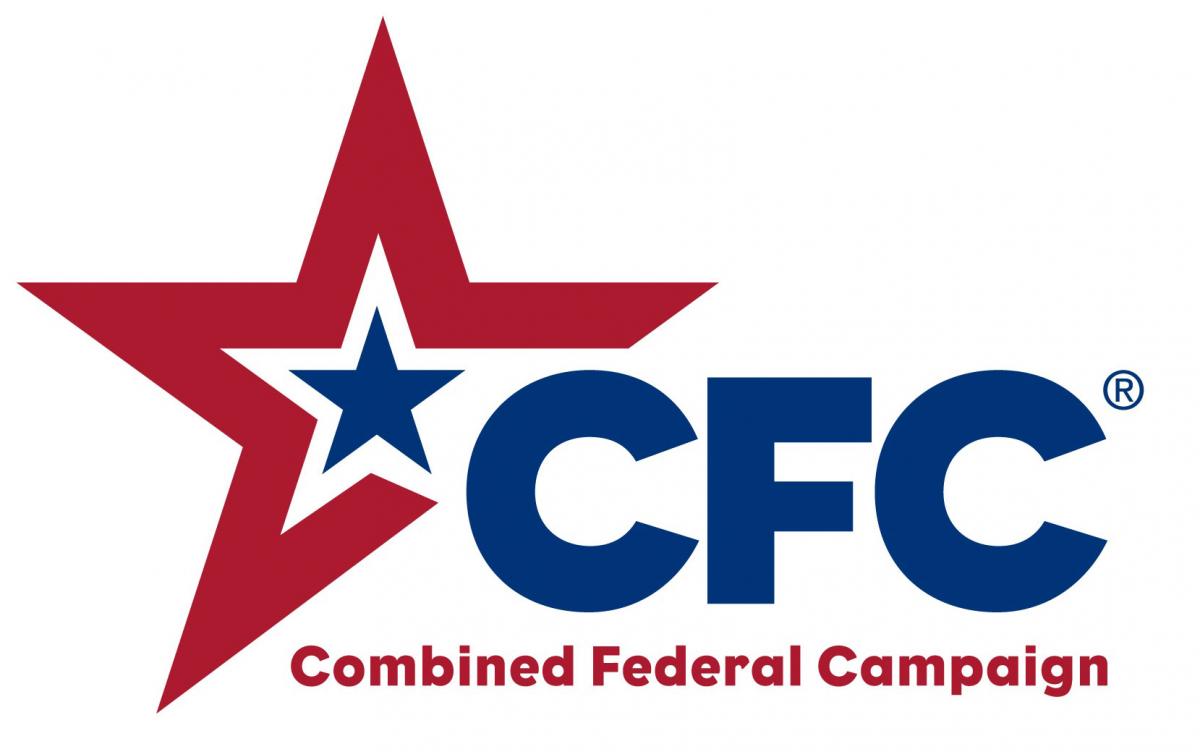Beware the Dangers of Naturalization for Child Beneficiaries
Last Updated
You would assume that a parent’s naturalizing would result in only positive benefits for their children. Those under 21 petitioned by that parent will convert to the immediate relative category from the F-2A. Sons and daughters will convert to the first preference category from the F-2B. Children under 18 who have already acquired lawful permanent resident (LPR) status may derive citizenship. But you may be surprised to discover that there are some negative consequences in the petitioner’s naturalizing that are not necessarily remedied by the Child Status Protection Act (CSPA). This article will review all the possible outcomes of an LPR parent’s naturalizing and its effects on a child petitioned by that parent.
LPR Parent Petitions for Child under 21
This is the easiest situation. An LPR files an I-130 petition for an unmarried child who is under 21 (using biological age) when the parent naturalizes. The child converts from the F-2A category to immediate relative category. The child’s age is frozen as of the date of naturalization and he or she will always be an immediate relative. The child does not have to seek permanent residence within one year of the petition being approved or the parent’s naturalization. Only the child’s subsequent marriage would convert the child from immediate relative to the F-3 category.
An LPR parent may have petitioned for a child who is unmarried and under 21 who in turn has a child. This grandchild of the LPR would be considered a derivative of the LPR’s child and would have been eligible to adjust or immigrate with the principal beneficiary in the F-2A category. But the naturalization of the parent and the automatic conversion of the child (the principal beneficiary) to the immediate relative category ends the derivative status of the parent’s grandchild. He or she would no longer be able to immigrate with his or her parent (the former LPR’s child). The grandchild would need to have his or her parent file a separate petition in the F-2A category once the parent immigrates. The grandchild would not be able to retain the original priority date from the petition filed by the LPR grandparent on behalf of the grandchild’s parent.
Example. Jose, an LPR from Mexico, filed an I-130 for his daughter, Yolisma. The I-130 was approved and the F-2A priority was current. Yolisma gave birth to a son before the immigrant visa interview was scheduled and is planning to immigrate with her son as a derivative. But Jose naturalized and Yolisma converted to an immediate relative. She will need to file a separate petition for her son after she immigrates.
The consulate in Ciudad Juarez at one point allowed the naturalized parent’s child to “opt out” of conversion to the immediate relative category so that he or she could immigrate in the F-2A category with his or her derivative child. But it has since ceased that practice and stated, “there is no express opt out provision in the CSPA for aliens who would prefer to remain [in the F-2A category] rather than converting to [immediate relative] under the special age out protection rules in CSPA Section 2.”
LPR Parent Petitions for Son or Daughter
If the child is already 21 or over when the LPR files the petition and starts out in the F-2B category, he or she would automatically convert to the first preference when the petitioner naturalizes. There is no need to file a new Form I-130; the conversion is automatic, and the priority date remains the same. 8 CFR § 204.2(i)(3). Simply notify the U.S. Citizenship and Immigration Services or the Department of State — wherever the case is pending — and send a copy of the naturalization.
The CSPA allows the son or daughter at the adjustment of status or the immigrant visa stage to elect whether to proceed in the F-1 or the F-2B category, given that the F-2B category is frequently more advantageous than the F-1 in Chart B of the monthly Visa Bulletin. This election ability is true if the beneficiary started out in the F-2B category when the petition was filed or started out in the F-2A, aged out (using adjusted age), and automatically converted to the F-2B. In either case, the election would be done when priority date in the F-2B category becomes current before that in the F-1. The applicant then “opts out” of what would have been automatic conversion to the F-1 category.
Example. Jose, an LPR from Mexico, filed an I-130 for his 23-year-old daughter, Yolisma. The I-130 was approved, and during the course of waiting for the priority date to become current, Jose naturalized. Yolisma automatically converted from the F-2B to the F-1 category. She has the choice of using either category, whichever is more advantageous, and whichever one becomes current first.
This opt-out consists of a simple written request filed along with the application for adjustment of status. Applicants who are consular processing and whose case is at NVC should submit a request using the NVC public inquiry form. The NVC will forward the request to USCIS and change the visa category back to F-2B upon receipt of USCIS’s approval. Applicants whose case is at a U.S. embassy or consulate should ask the embassy/consulate to submit a request on their behalf. The consular officer will forward the request and adjudicate the visa application in the F-2B category only upon receipt of USCIS’s approval.
LPR Parent Petitions for Spouse with Child as Derivative
In this situation, the child loses derivative status upon the parent’s naturalizing. The parent needs to file a separate petition for the child. It is the child’s biological age on the date that the second petition is filed that would determine if the child is an immediate relative (under 21) or in the F-1 category (21 or over). The CSPA rules do not apply here. In other words, the child cannot use an adjusted age on the date the petitioner naturalizes to determine his or her potential conversion. The derivative simply loses all status upon the petitioner’s naturalizing. Similarly, there is no clear authority allowing the child who is over 21 when the second petition is filed in the F-2B category to retain the priority date from the first petition.
Example. Jose, an LPR from Mexico, filed an I-130 for his spouse. Their 13-year-old daughter, Yolisma, was named as a derivative. Jose naturalized before his spouse and daughter immigrated. The spouse converted to the immediate relative category and Yolisma lost derivative status. Jose filed a new petition for Yolisma in the immediate relative category.
LPR Parent Petitions for Child who Turns 21
This is the most complex situation: an LPR files a petition for a child who turns 21 before the parent naturalizes. The CSPA rules allow for the child to use an adjusted age on the date the petition is approved or the date the priority date in the F-2A category becomes current, whichever is later. The adjusted age is arrived at by subtracting from the child’s biological age all the time the petition was pending. Children who are under 21 using their adjusted age remain in the F-2A category as long as they then seek to become an LPR within one year.
The problem arises when on the date the petition is approved or the priority date becomes current the child has turned 21 but is still under 21 using the adjusted age and the petitioner then naturalizes. Does the child: (a) convert to the immediate relative category by using his or her adjusted age; (b) get to opt out of automatic conversion to F-1 and remain in the F-2A category, or (c) convert to the F-1 category? The answer is either (a) or (c) depending on where the petitioner naturalized.
First, let’s eliminate option (b). The CSPA allows for opt-out from automatic conversion from F-2B to F-1. It does not allow for opt-out from F-2A to F-1. This was confirmed in a published BIA decision and applies nationwide. Matter of Zamora-Molina, 25 I&N Dec. 606 (BIA 2011).
Two circuit court decisions hold that it is the child’s adjusted age that controls on the date the parent naturalizes — not his or her biological age. So while the child in the F-2A category who is over 21 using biological age (under 21 using adjusted age) cannot opt out of automatic conversion to F-1, that child doesn’t have to opt out because he or she converts from F-2A to immediate relative when the petitioner naturalizes. Tovar v. Sessions, 882 F.3d 895 (9th Cir. 2018); Cuthill v. Blinken, 990 F.3d 272 (2d Cir. 2021).
These two courts apply a similar interpretation of INA § 201(f)(2), which states that the child’s eligibility for immediate relative status is determined by “the age of the alien on the date of the parent’s naturalization.” The two courts found that “age” means “statutory age,” which is the adjusted age after applying the CSPA formula for those in the F-2A category and not biological age. Therefore, if the child qualified for the F-2A category on the date of the parent’s naturalization, that child also qualifies as an immediate relative based on that naturalization. The fact that Congress did not allow for opt out of the F-1 category for those in the F-2A category like those in the F-2B only reinforced the court’s reasoning.
Please note that these decisions only apply to those residing in those two judicial circuits. The Ninth Circuit includes the following states: Alaska, Arizona, California, Hawaii, Idaho, Montana, Nevada, Oregon, and Washington, as well as Guam and the Northern Mariana Islands. The Second Circuit includes the following states: Connecticut, Vermont, and New York.
Practitioners whose clients reside in other judicial circuits should caution them against filing for naturalization if they had petitioned for children who were approaching or had already turned 21. In those other circuits it will be the child’s biological age on the date the petitioner naturalized — not the adjusted age — that that will determine if he or she converts to immediate relative or the F-1 category.
Example. Jose, an LPR from Mexico, filed an I-130 for his daughter, Yolisma. At the time, she was 19 years old. The I-130 was pending for two years before it was approved. The F-2A priority date has been current throughout this process. Yolisma was 21 when the petition was approved, but according to her adjusted age, she was only 19. Jose just naturalized. If Jose is residing in the Ninth or Second Circuit, Yolisma converted to the immediate relative category. If he resided anywhere else, she converted to the F-1 category and will be unable to opt out of this conversion to remain in the F-2A.





